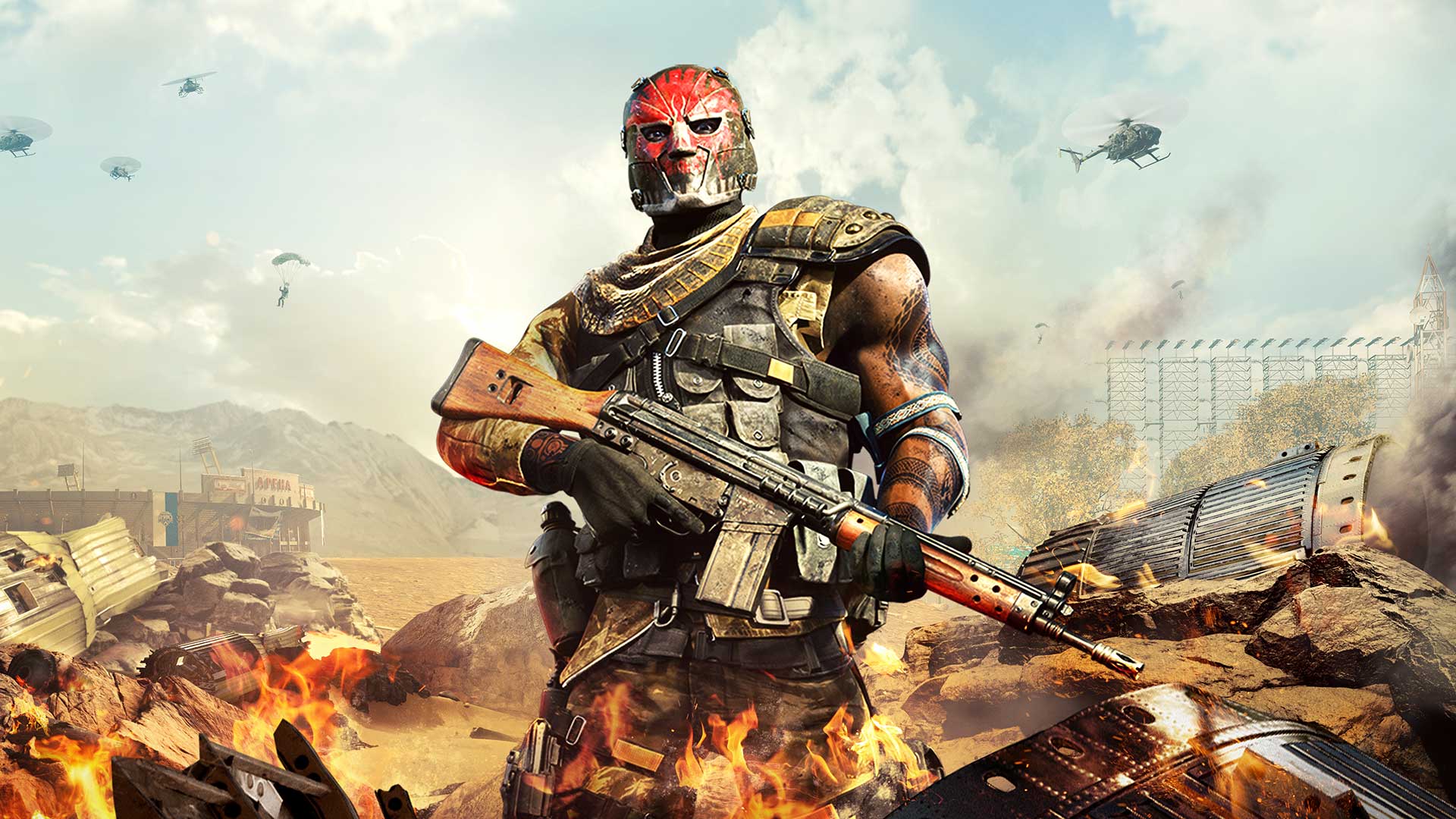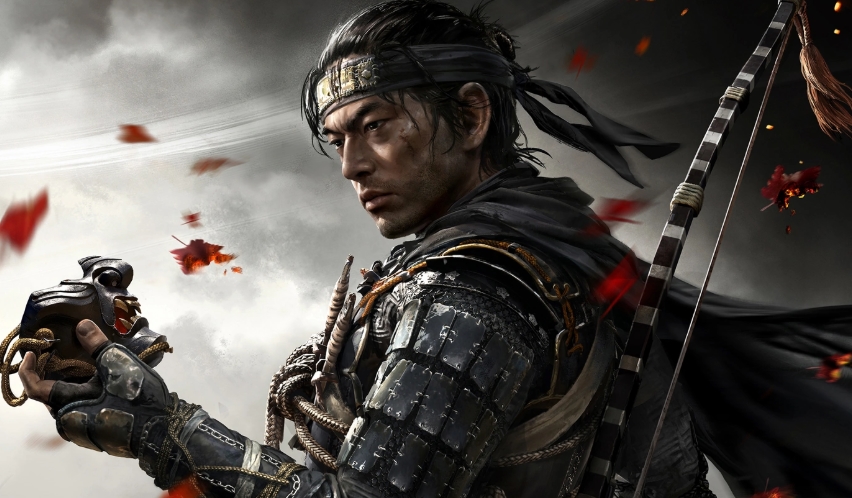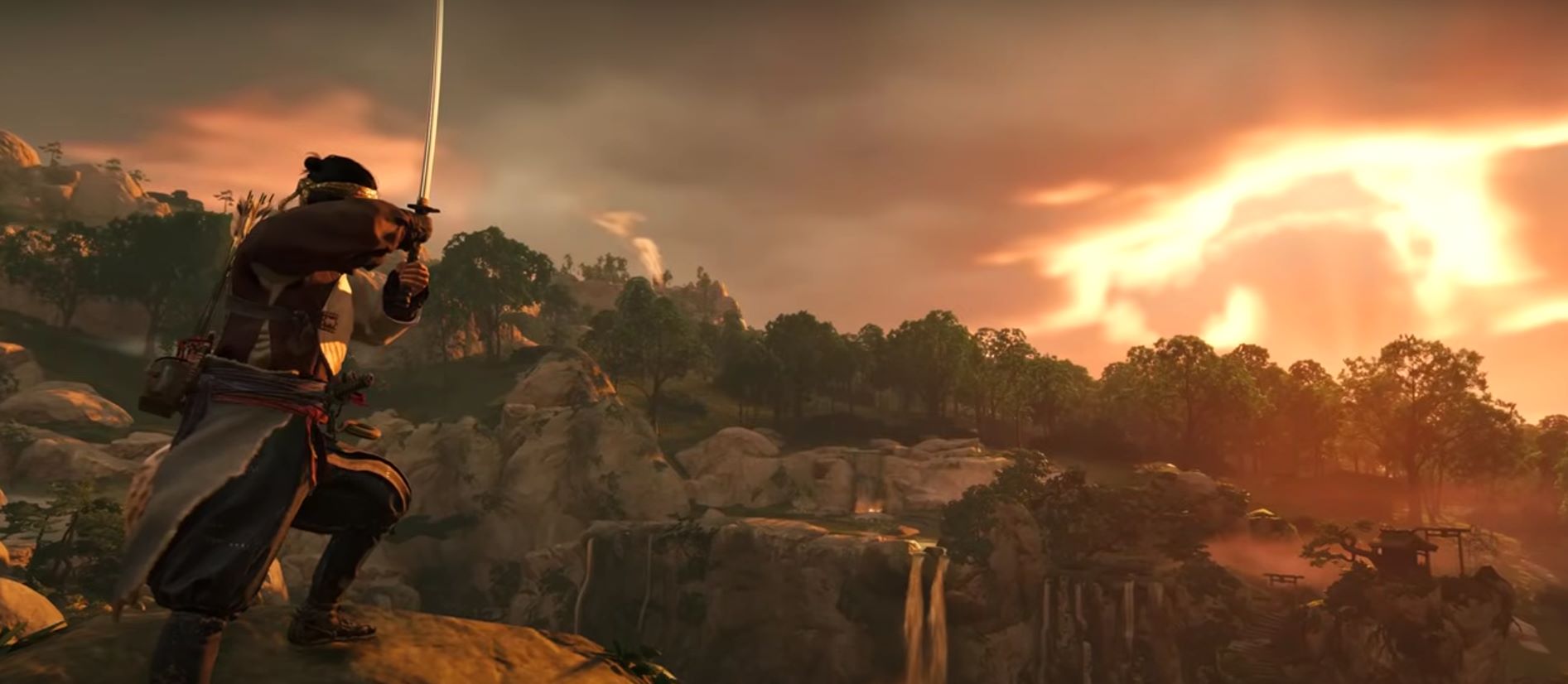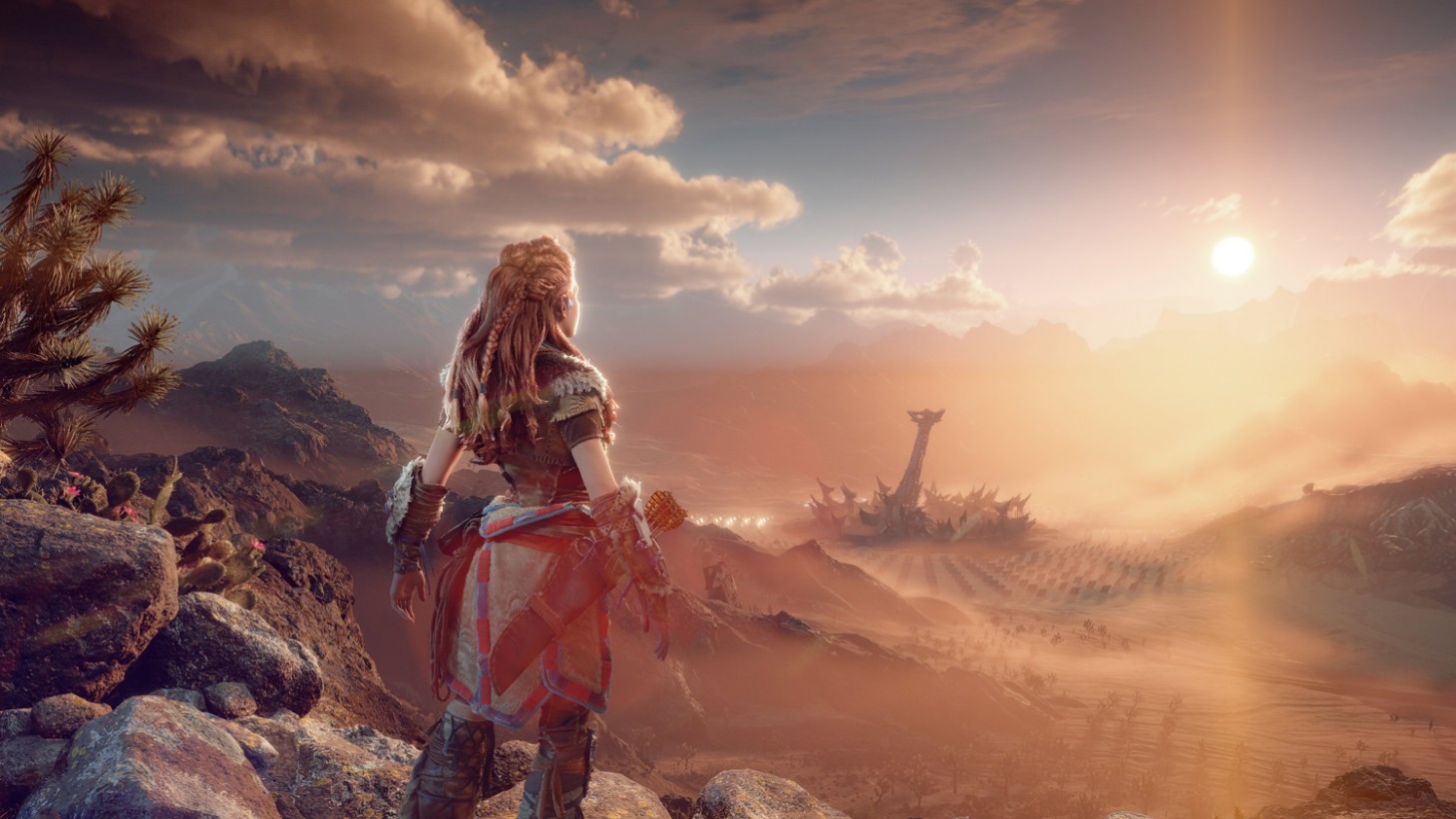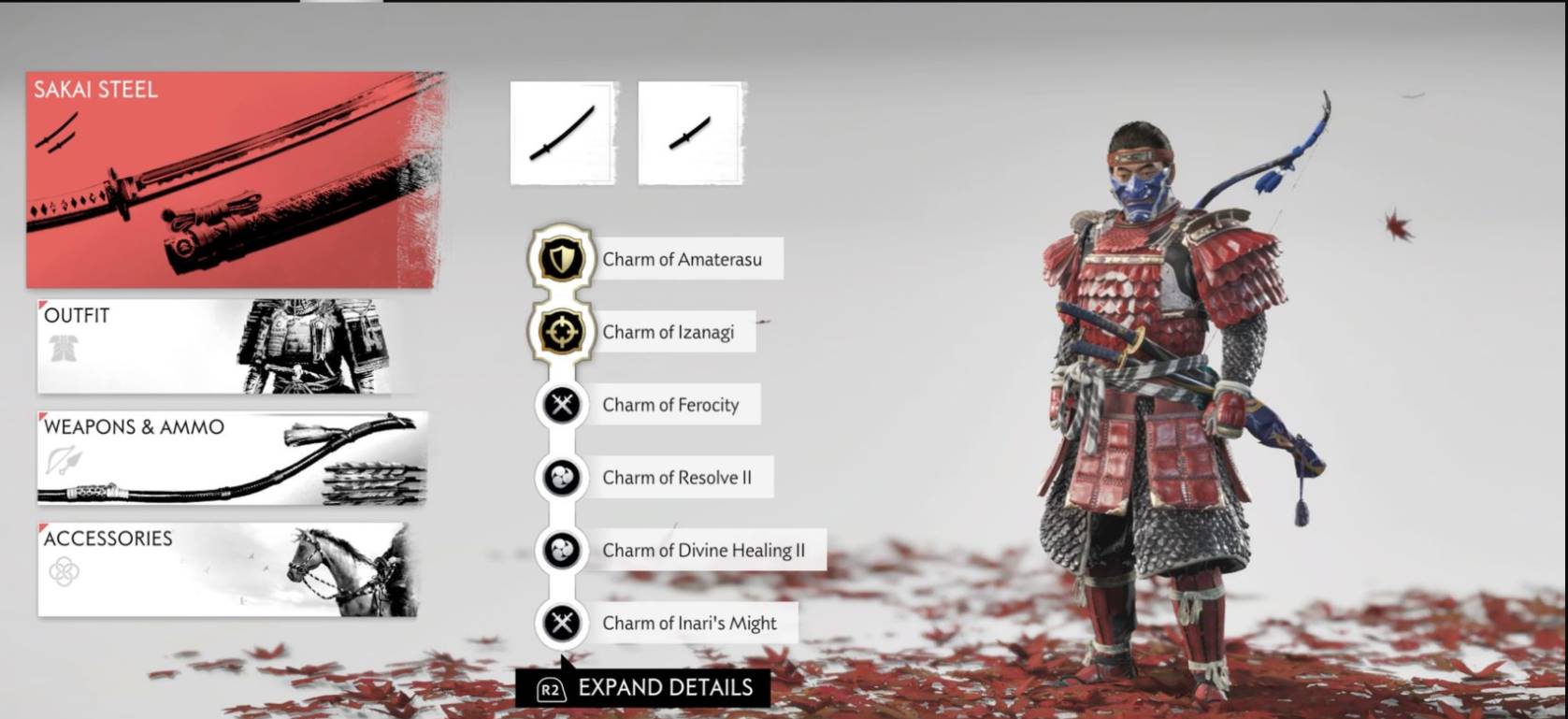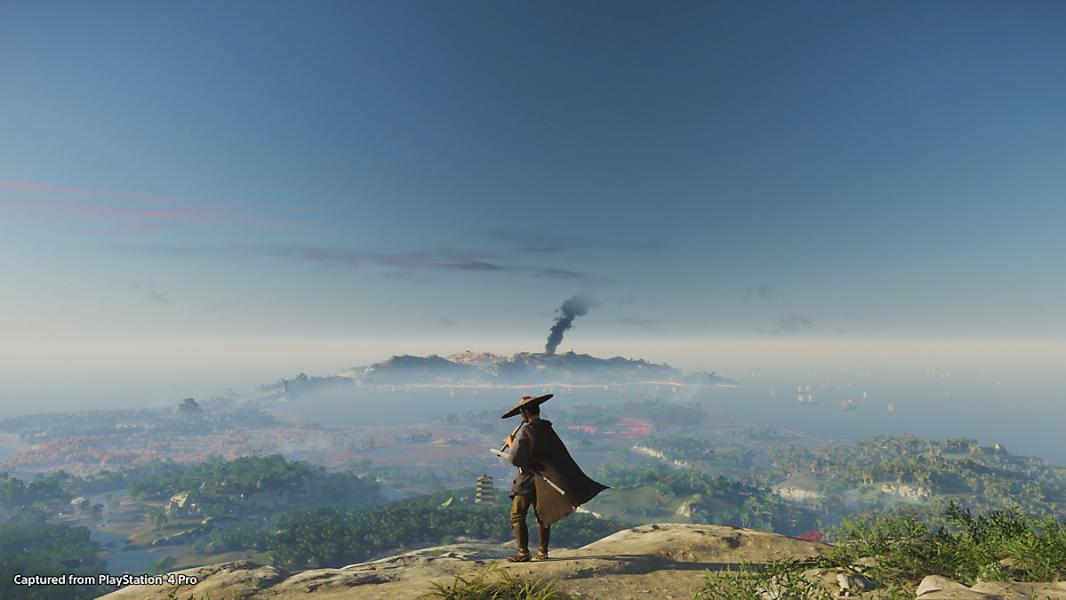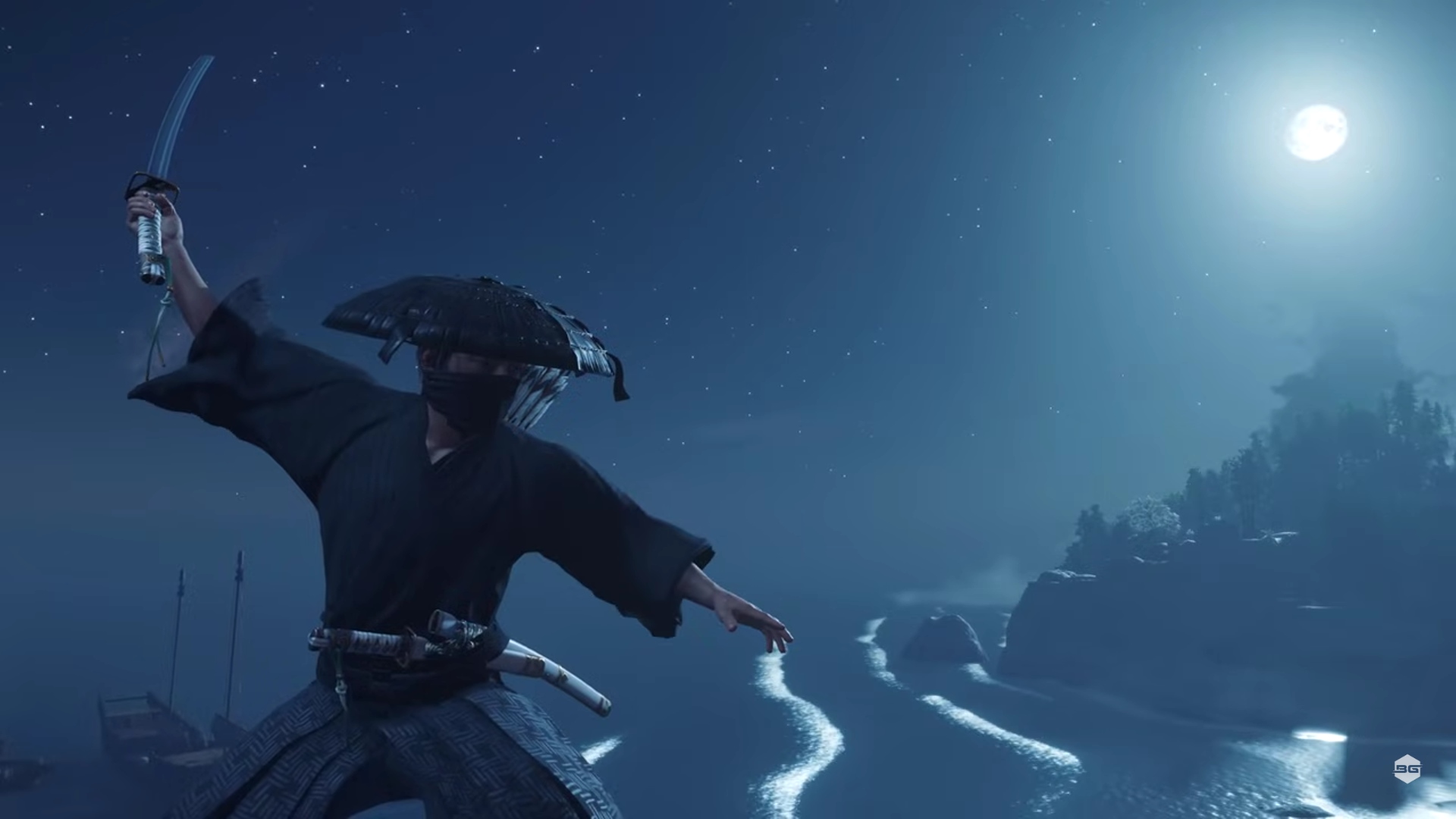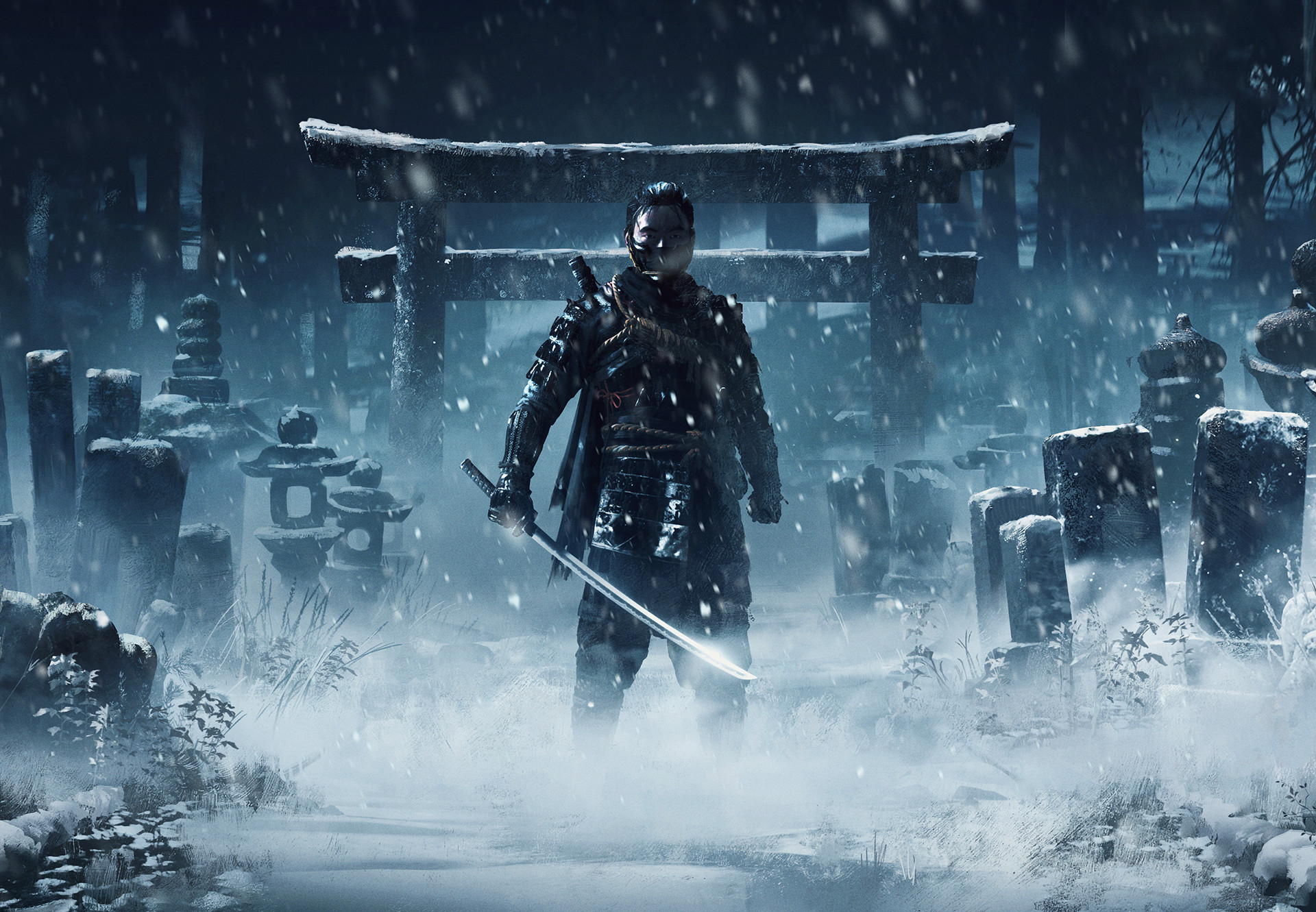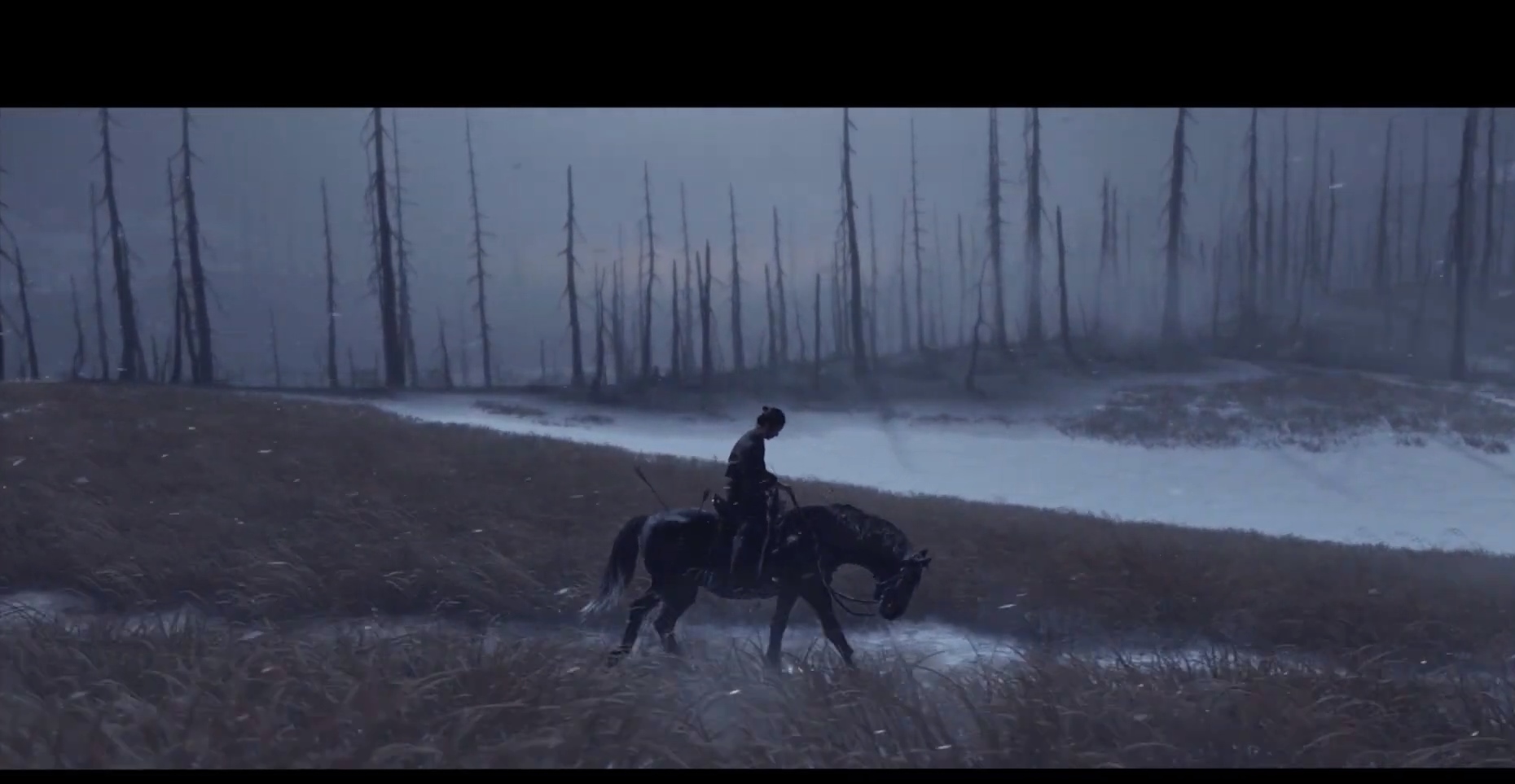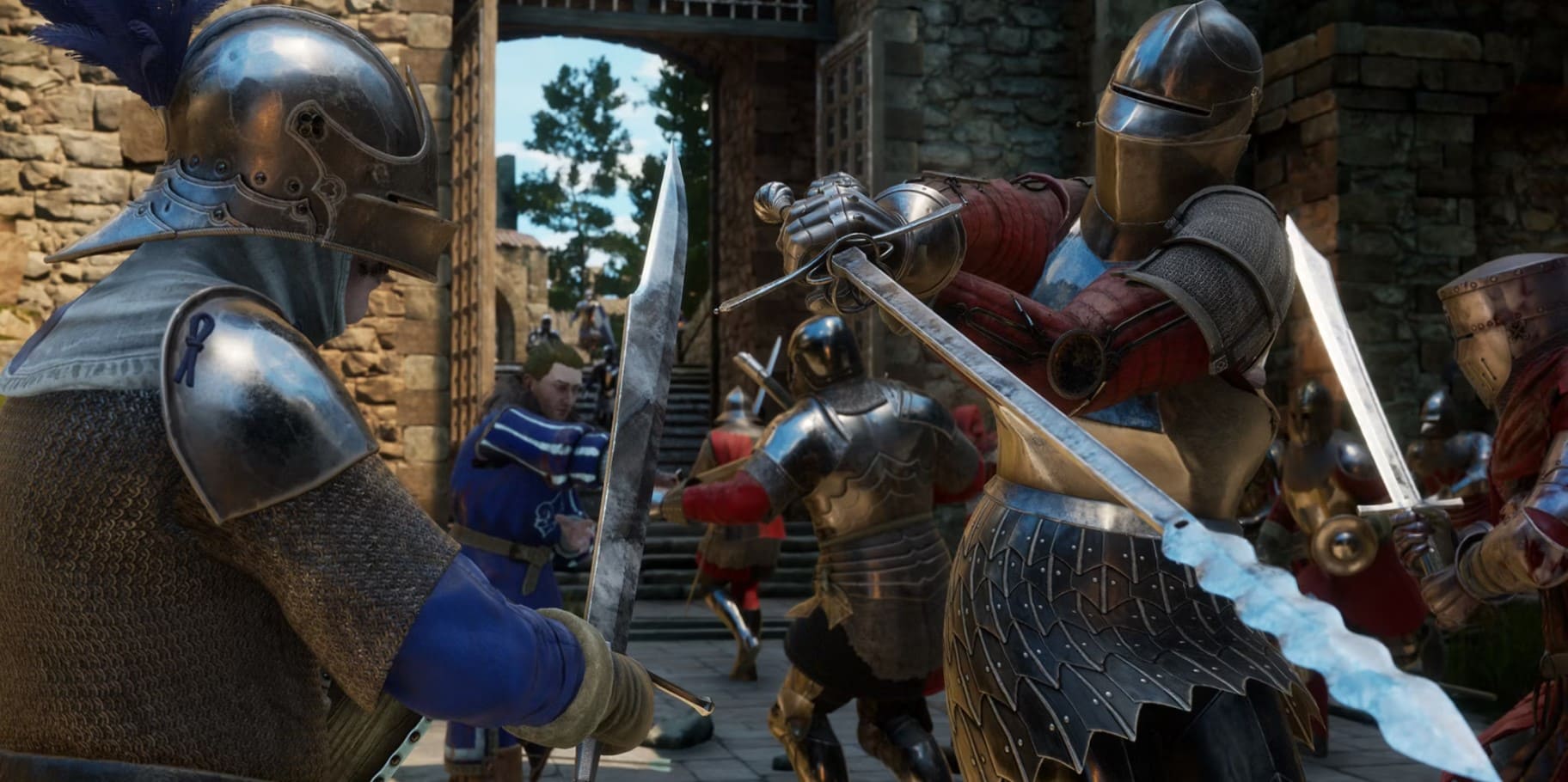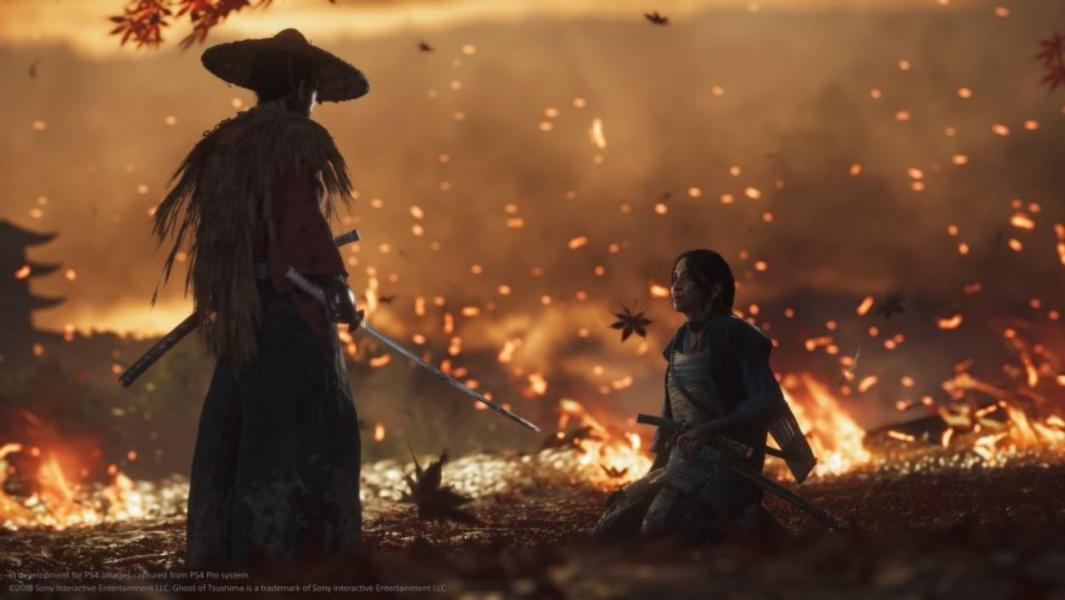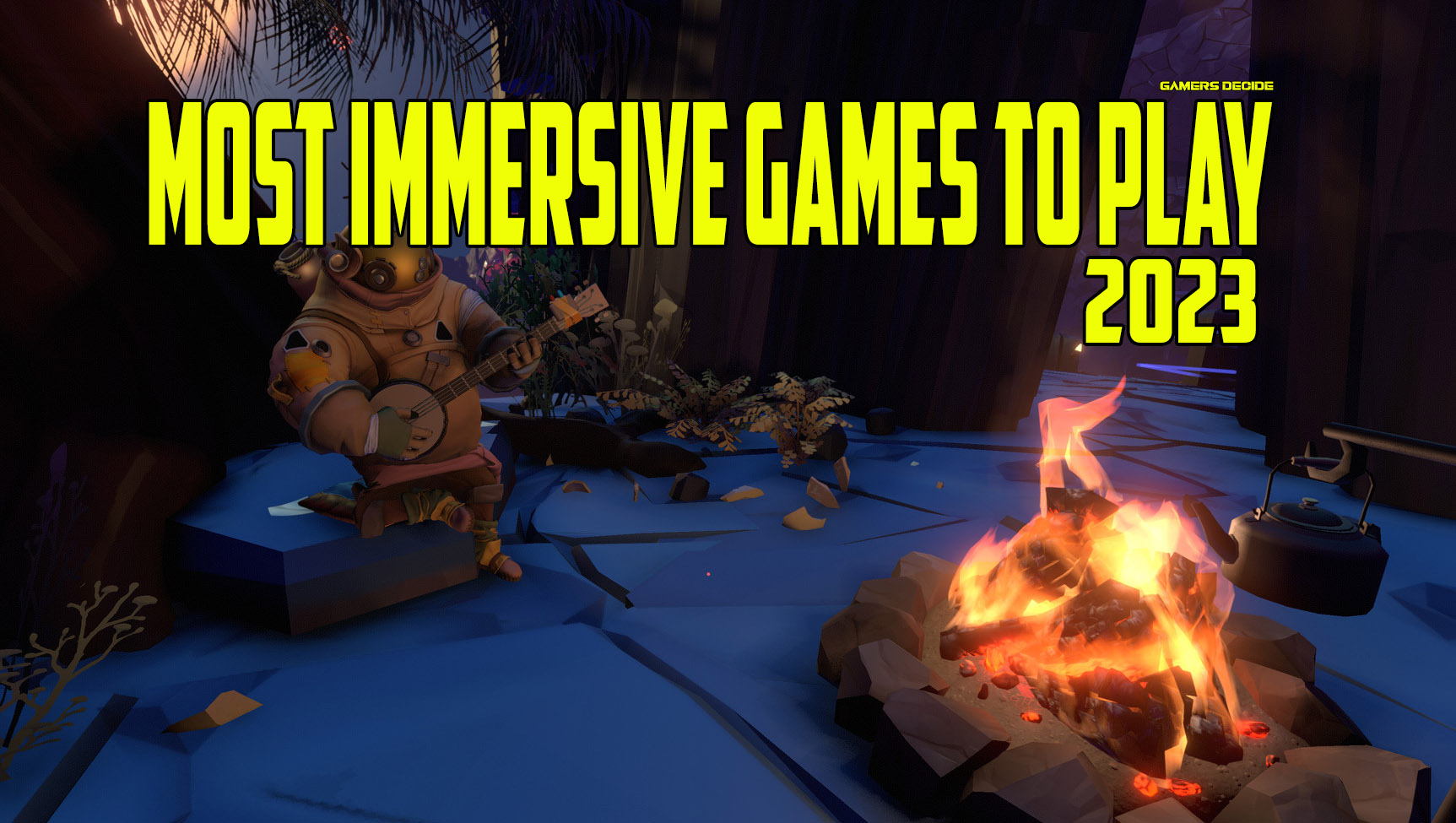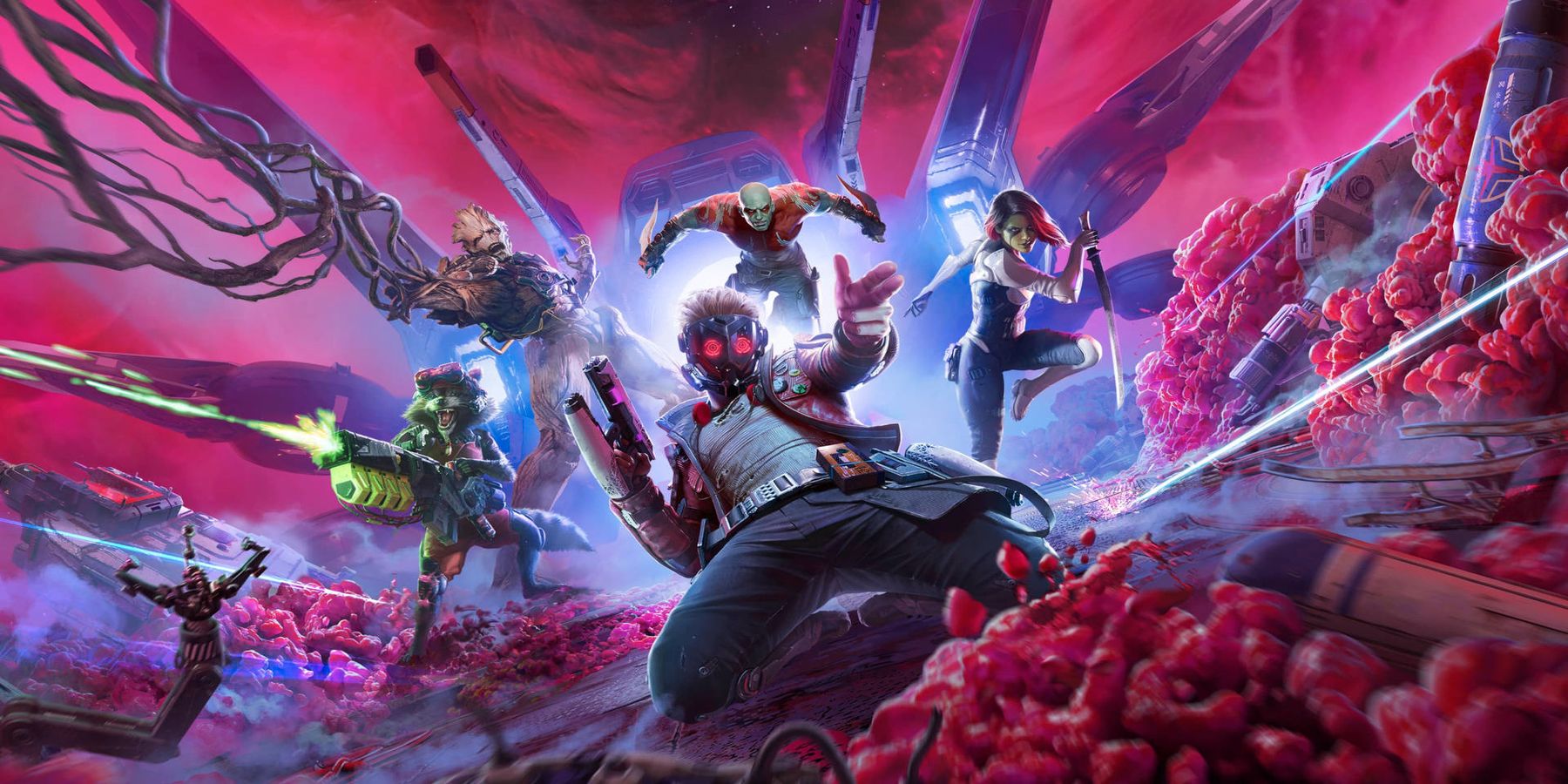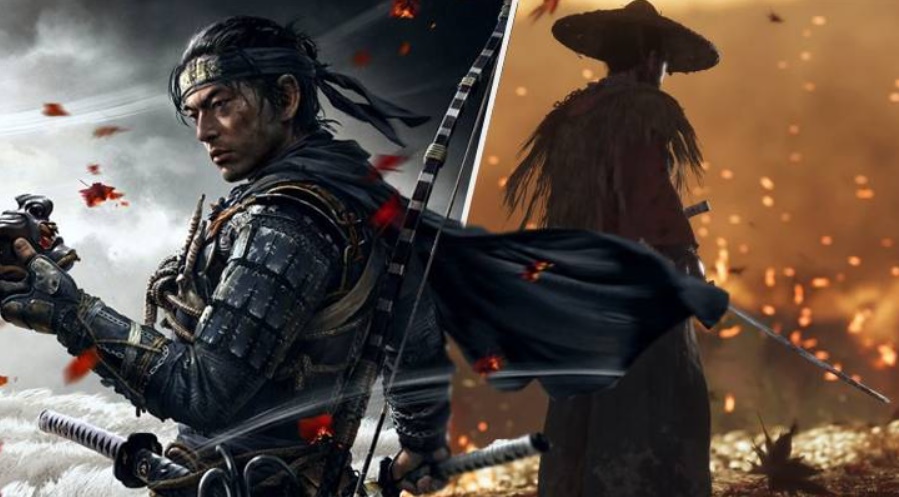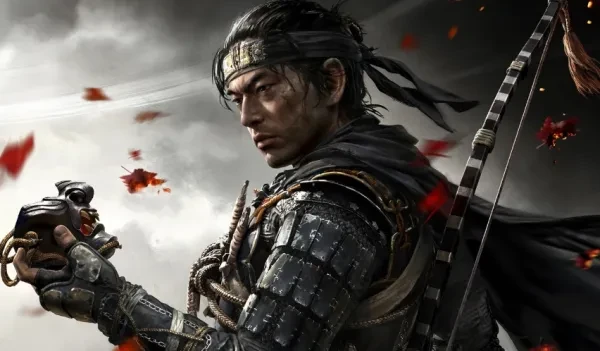
Since its release, it has been lauded by critics and fans alike. But is Ghost of Tsushima really a good game?
If you’re like me, then you’ve always been intrigued by the thought of being a Samurai. To strut around feudal Japan with your katana hanging off your hips like a total badass. To take down enemies with lightning speed attacks and watch their bodies disassemble as you sheath your sword.
After surviving the masochist’s wet-dream that is, ‘Sekiro, Shadows Die Twice’, I all but gave up on that fantasy. But then came the critically acclaimed, PlayStation 4 Exclusive, Ghost of Tsushima, and I found myself believing again. And now with about thirty-five, blood-soaked hours of gameplay in the tank, the obvious question on my mind is: Has my weird Samurai cravings been satisfied by this game? In other words, is the Ghost of Tsushima a good or bad game?
To answer this question fairly, I’m going to focus on the core elements that make up the game, like the plot, gameplay, combat, quests, replay value, etc Hopefully by the time I’m through, you can also decide for yourself where Ghost of Tsushima stands amongst the pantheon of incredible action-adventure, Samurai games. Without further ado, let’s get to it!
About: Ghost of Tsushima
Ghost of Tsushima Official Trailer
Ghost of Tsushima is a third-person, open-world, action-adventure game, developed by Sucker Punch Productions and published by Sony as a PlayStation 4 exclusive in July 2020. It puts you in the shoes of Jin Sikai, a Samurai on an epic quest to defend Tsushima Island from blood-thirsty Mongols during the first Mongol invasion of Japan.
The game received largely positive reviews upon its release, with critics and fanboys alike, tripping over themselves to shower it with praise. Its jaw-dropping graphics, hypnotic music, and silky smooth combat play, earned it multiple awards and a staggering 6.5 million copies sold by March 2021.
On October 16, 2020, Sucker Punch upped the ante by releasing the long-awaited ‘New Game Plus’ mode and Ikki Island expansion, as well as a free multiplayer mode called, Ghost of Tsushima: Legends, which allows you and your buddies to take on awesome quests based on Japanese mythology. This was quickly followed by news of the game’s re-release, with the title, ‘Ghost of Tsushima: Director's Cut, on PlayStation 4 and PlayStation 5.
Ghost of Tsushima: Story
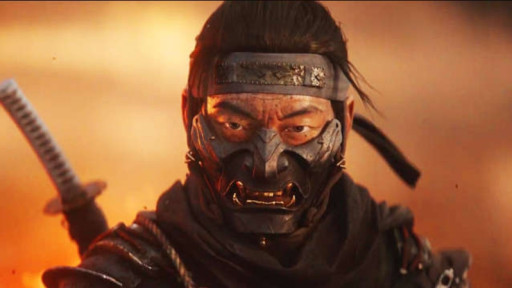
Jin Sakai goes from a straight-laced, by the book Samurai, to a ruthless, vengeful Shinobi
Story of the Ghost of Tsushima
The fictional story of the ghost of Tsushima is based on the real invasion of the Japanese Island of Tsushima by the Mongolian army in 1274. This was around the time when Genghis Khan and his Mongolian warmongers pretty much wiped out about 11 percent of the world’s population.
The story, however, features fictional characters, one of whom is the game’s protagonist, Jin Sakai, a taciturn Samurai of the Sakai clan. He along with his uncle, Lord Shimura, joins the rest of the Island’s Warriors as they attempt to fight back the Mongolian fleet, led by the game’s brutal antagonist, Khotun Khan, the fictional cousin of Genghis Khan’s grandson.
Due to the traditional fighting style of the Samurais, their forces were decimated by the rampaging Mongols, who then took Lord Shimura prisoner. Jin Sakai is revived by a local thief named Yuna, and with her help, he attempts to rescue his uncle but is defeated once again by the menacing Khotun Khan and is thrown off a bridge.
Cheating death a second time, Jin washes ashore and reunites with Yuna. He realizes that there is no way he could best the barbarous Mongols alone, not to mention with conventional fighting techniques. Jin then embarks on a quest to recruit allies to help free his uncle, and liberate villages across the Island. News of his heroics quickly spread and the locals dubbed him ‘the Ghost’, because of the unconventional fighting tactics he used to take down the Mongols.
After several duels, battles, and betrayals, Jin manages to rescue his uncle, and defeat Khotun Khan, turning the tide of the war, but breaking the Bushido code in the process, much to Lord Shimura’s chagrin. Jin’s ‘dishonorable’ shinobi tactics also rub the shogun the wrong way. He orders the disbandment of the Sakai Clan and the execution of Jin, by his uncle’s sword.
This then culminates in a final showdown between Jin and his uncle, Lord Shimura. They reluctantly cross blades and Jin wins the duel but he is then faced with the choice of either killing his Uncle and giving him a traditional warrior’s death or letting his uncle live, since he no longer abides by the Samurai’s code. Regardless of which option the player picks, the story ends with Jin now being an enemy of the Shogun.
It’s not mentioned enough, but the storyline of the Ghost of Tsushima is actually pretty impressive, especially when you consider that it came from a studio that’s most known for the infamous franchise and a game about a masked Racoon burglar.
Its plot is certainly not complex by any means, like the convoluted madness that is the ‘Last of Us 2’ or the mind-boggling masterpiece of Bioshock Infinite. Despite its storyline, it succeeds, to a great extent, in capturing the attention of gamers, which is a pretty laudable feat in today’s gaming era.
Ghost of Tsushima: Gameplay

Getting ready to slice and dice enemies in a gameplay that truly simulates what it feels like to be a Samurai
Ghost of Tsushima Gameplay
Ghost of Tsushima basically looks and feels like a classic Samurai film. The movies of Akira Kurosawa were such a huge influence on Ghost of Tsushima that Nate Fox, the game's directors approached Kurosawa’s estate for permission to use his name for an in-game visual option. The intense cinematic style and music of the game were intended to deliver an immersive experience that pays homage to the vintage Samurai films of the 70s, and boy, did it hit a home run!
Because of this fact, the game doesn’t leave you with a lot of choices from the get-go. There’s no customizable character creation or classes to choose from at the start of the game, unless you’re playing the multiplayer mode, which allows you to choose from the four available classes of Samurai, Hunter, Ronin, or Assassin.
There are basically two styles of play or character build in the game. An offensive/combat-oriented gameplay or a more stealthy/shinobi-like approach. And for whichever one you prefer, the game provides you with ample charms, armor, weapons, and items to match your playstyle.
Yes, the Ghost of Tsushima is an open-world game, with an impressive map of about 273.6 miles modeled after the actual Tsushima Island. The game encourages you to free roam with nothing but a literal gust of wind to guide you to your next objective. You are also guided to other in-game activities by enough foxes and golden birds to make you feel like a Disney princess. These visual cues guide you to some of the explorable areas of the map, such as Camps, Villages, Shinto Shrines, Hotsprings, and so on.
Mirroring other open-world action/adventure games like Far Cry, Ghost of Tsushima also utilizes cascading smoke to either guide you to a side quest or warn you of an enemy camp.
However, many gamers, myself included, were left unimpressed with some of the activities that were meant to fluff up the game. These activities include Bamboo splitting, Fox chasing, poem writing,Hot spring dips and so on. Call me a killjoy, but I really find it tough to believe that Jin has time for Hotspring grooming and poem recitals while the Mongols burned down villages.
And I know there wasn’t a whole lot to do back then in Feudal Japan, but I believe some things could always be tweaked to make the game more exciting. After all, Samurais in that era generally did not use Katanas or wear masks and elaborate armor, but if you took that out of the game then you would probably be left with a pretty bland Dynasty Warriors rip-off.
Much like Assassin’s Creed Origins and Odyssey, Ghost of Tsushima is littered with a backdrop of one dimensional and uninspiring NPCs that you can oftentimes use for sword practice without getting a rise from the locals. Besides your companions and quest characters, most NPCs can be successfully replaced with cardboard cutouts without the story being jeopardized.
The enemy AI(Artificial intelligence) also has one singular goal and that is to jab and poke you with their pointy sticks. So if you just got off playing GTA V and multifaceted NPCs are your thing, then you’re going to find this game pretty disappointing.
Finally, with multiple difficulty levels available and the introduction of New Game Plus , I would say the game has a medium level of replayability, depending on how much you love Samurai gaming. This is especially true since none of the cutscenes in the game can be skipped. This was a pretty bad choice in my opinion.
Ghost of Tsushima: Combat
Ghost of Tsushima: Brutal Combat and Stealth Gameplay
The combat mechanics of the ghost of Tsushima is another area where it really shines. Being a Samurai action-adventure game, the developers must have been tempted to go for a traditional hack and slash like Ninja Gaiden, but what we got was a smooth sword on sword combat that was both challenging and rewarding at the same time. Think of Assassin's Creed meets the Batman: Arkham games and a sprinkle of Sekiro: Shadow’s die twice. The combat mechanics also involve a parry system and the use of sword stances for different enemy types, which always makes combat fresh and keeps you on your toes.
There’s no lock-on combat system during enemy confrontations though, so the game features more of a directional-based combat style. At the start, Enemy AIs were fairly simple to mow down if you’re an experienced gamer. There’s nothing as satisfying as watching the blood of a vanquished foe spew upwards like a fountain as Jin wipes and sheaths his Katana. Even the Archers yell out a word or two before firing, warning you of the incoming arrows. But after a while the number of enemy variants you get to take on in one fight increases, providing a tough but fair combat play that compels you to master sword stances, learn techniques, and upgrade weapons in order to come out on top .
Speaking of weapons, the Ghost of Tsushima provides you with a mini-arsenal to take down the enemies you will encounter in the game, including swords, longbow, short bow, kunai, smoke bombs, and so on.
The leveling-up mechanics of the Ghost of Tsushima is seamless and easy to get into. Jin levels up by earning Skill Points from completing "Tales"i.e the game's story, and side missions. You can then invest those points into an impressively diverse skill tree, with areas focused on stealth, swordplay, survivability, and more.
Unlike some other open-world games, there are no ultra-strong enemies with insta-kill abilities that you have to level up or micro-transact to beat. But as you advance in the game, you gain the requisite skills and weapon upgrades to survive the fights you encounter. This was intentionally done by the game developers to ensure each combat is lethal and realistic, just like the Samurai movies which influenced them.
Just like Sekiro, Ghost of Tsushima features some pretty refreshing boss fights or duels with skilled warriors and Samurais. But unlike Sekiro, the game has multiple levels of difficulties that can be changed at any time during your playthrough.
This is a step in the right direction in my opinion, as it allows pretty much anybody to play the game and feel like a god of death, even if they aren’t the most experienced gamers in the world.
No discussion on the Ghost of Tsushima’s combat is complete without mentioning ‘standoffs’. Staying true to its Samurai Cinematic roots, you have the option of having a standoff with one of the enemies you are faced with when approaching their camp. You succeed in the standoff by waiting for the enemy to make a move and then slicing them down in glorious cinematic slow-mo. Also with armor upgrades, you gain the ability to chain your stand-off strikes, making you feel like a true Shinigami!
That said, the stealth system of the game is clunky at best. Enemy AIs Find it difficult to climb or keep up with you after a failed stealth attempt. Hiding behind tall grass or staying out of view for just a brief amount of time, is enough to make the enemy throw in the towel and return to their posts. This is just one of a few areas in which the game has been reviewed negatively.
Ghost of Tsushima: Quest/ Mission System
The game boasts a robust lineup of quests comprising of the main storyline and a bucket load of side quests titled ‘Tales of Tsushima’, which features a grab bag of mostly forgettable side missions that you gain by talking to villagers and exploring points of interest. They reward you with additional experience points, charms, weapons, etc, upon completion.
The game also features a kick-ass special category of quests called ' Mythic Tales'. These consist of the most interesting side quests and best rewards the game has to offer. The best of which, in my opinion, is ‘heavenly strike’. This tale tasks you with the responsibility of tracking down a murderous Swordsman. During the quest, you will learn the devastating Heavenly strike technique and use it in battle for the cost of one resolve.
The six mythic quests are usually longer and more tasking, but the reward you gain for completing them more than makes up for it in the end. Though some of the side quests can be downright boring, the interesting ones, in my opinion, do a decent job of keeping you invested till the end credits roll.
Ghost of Tsushima: Graphics
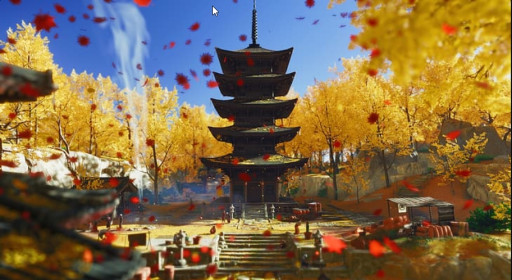
The game’s groundbreaking graphics blurs the line between reality and video game visuals
The Mind Blowing Graphics of Ghost of Tsushima
The game features one of the most spellbinding and immersive graphics ever witnessed in the history of gaming. The hyperrealism of the Ghost of Tsushima’s prologue was so bewitching, that I often forgot I was playing a video game and thought I was really watching a Kurosawa Samurai film. The cinematics created by Sucker Punch along with stunning Samurai music to boot, has an uncanny way of teleporting you straight from your living room and right into feudal Japan.
Ghost of Tsushima also features one of the most mesmerizing sunsets and foliage of any triple ‘A’ video game release. With an impressive weather system, day and night cycle, an output of 30 FPS on the PS4 and 60 FPS on the PS5, playing the game is truly a feast for the senses. The game’s photo mode is also a lot of fun to use. It has cool features which allow you to alter wind direction, time of day, animated environment, and even Jin’s emotions.
Finally, if you are a big fan of vintage Samurai movies, then the game developers left you a special treat. The Samurai Cinema Mode or Kurosawa Mode not only adds a black and white filter to the game’s visuals, but it also adds film grain, and attempts to recreate the look of classic Japanese films, such as those made by the late Akira Kurosawa.
Ghost of Tsushima: Developer
The Development of Ghost of Tsushima
As I mentioned earlier, the game was developed by Sucker Punch Productions, an American first-party video game developer based in Bellevue, Washington. The studio is famous for the Sly Cooper games and the Infamous franchise. Sucker Punch was acquired by Sony Interactive Entertainment in 2011, making their IPs exclusive to only Playstation Consoles.
The Ghost of Tsushima took about 6 years to develop and so far, there’s been little complaint of bugs and glitches, at least, not to the extent of the horrors of Cyberpunk 2077. Be that as it may, the game has experienced its own fair share of ridiculous bugs. From your trustee horse failing to show up when you whistle for her, to enemies refusing to attack during a stand-off, these glitches can really put a dent in what has been an, otherwise, stellar gaming experience.
Nevertheless, the developers have been quite responsive to the plight of the community and have released up to 20 patches since the games debuted.
Ghost of Tsushima: Price
The Price of Ghost of Tsushima
Ghost of Tsushima: Director’s cut is currently priced at $59.99 on the Playstation 4 and $69.99 for the PlayStation 5 upgrade. Fans of the game were not too pleased with the hike in price for the PS 5. Sucker Punch, however, explained that the enhancements of the PS 5 versions justifies the increase in price. Whether this statement is true or not, depends a lot on who you ask.
Of course, the game is a Playstation exclusive and can only be played on the PS 4 and PS 5 consoles. Is there any hope of a future PC port like with Horizon Zero Dawn? We’ll just have to wait and see. I wouldn’t hold my breath on it though.
You would also be glad to know that the game and its multiplayer mode, Ghost of Tsushima legends, are free from microtransactions. This is a step in the right direction if you ask me since the industry is rife with microtransactions in today’s era. It’s also important to note, however, that Ghost of Tsushima Legends can only be played by PS Plus subscribers.
FINAL VERDICT: 8
While Ghost of Tsushima is one of the most defining games of our generation, with awesome combat, smooth gameplay and incredible graphics, its performance and replayability are, however, dampened by slight lack of exciting in-game activity, repetitiveness, and an awful stealth system. Nonetheless, Ghost of Tsushima is a great game and is one any fan of video games or Samurai cinema will definitely enjoy.
Pros
- Mind-blowing graphics and visuals
- Fluid and fast-paced combat
- Interesting storyline
- Incredible voice acting and soundtrack
- Majestic open world
Cons
- Uninteresting NPCs
- Flawed stealth system
- Repetitive and dull in-game activities.
You may also be interested in:
- Top 11 Games Like Ghost of Tsushima (Games Better Than Ghost of Tsushima In Their Own Way)
- [Top 15] Best Open World Games for PS4
- [Top 5] Ghost of Tsushima Best Armor
- [Top 10] Ghost of Tsushima Best Builds
- [Top 10] Ghost of Tsushima Best Charms And How To Get Them
- Ghost of Tsushima Best Stance: Which To Choose



